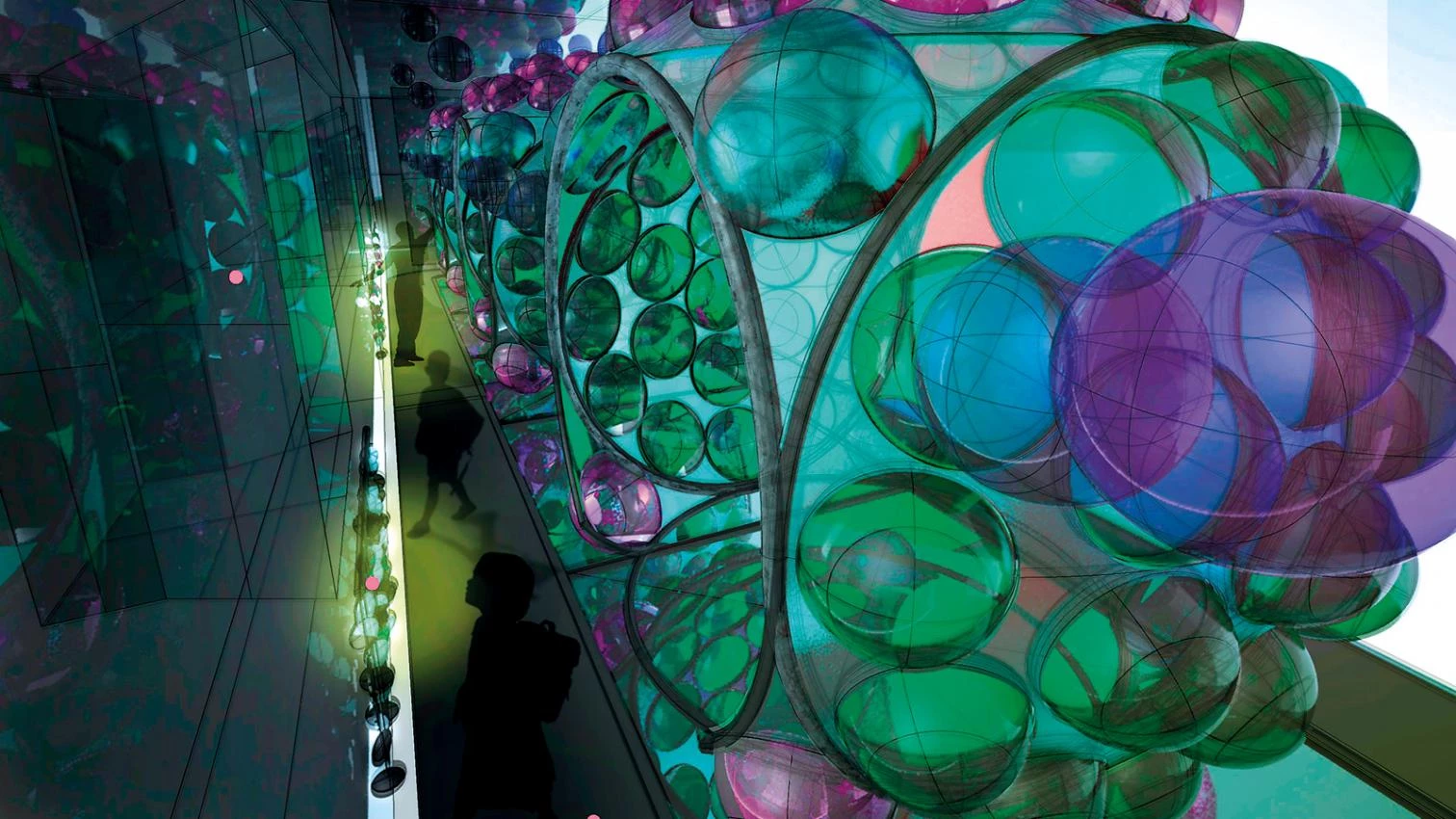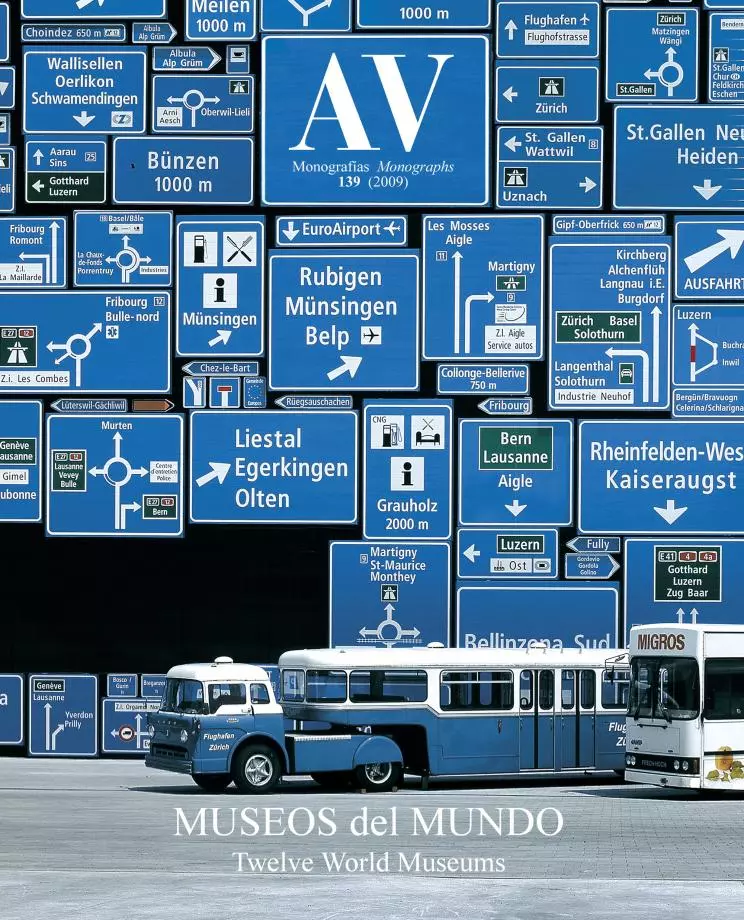Exposed to Show, Recent Museography

Three out of four of the most important new museum projects under way in Spain do not have their own collection. In terms of budget, aims and expectations, these projects have an uncontested value for the public administrations that promote them, but their creation is not the answer to a need to preserve, increase or promote existing collections. Though their cultural and/or scientific purpose may in the end be the same as that of traditional museums, the tools to attain those objectives differ substantially. Museography is not a means in this case, but an end. And the future success of these museums shall depend on the communicative efficiency of their contents.
The Museum of the Royal Collections is currently under construction in Madrid; the huge building that will house the Museum of Human Evolution is going up in Burgos; and the construction works of the Sanfermines Theme Center, in Pamplona, and the Parque de los Cuentos, in Málaga, are slated to begin in 2010. The latter is the only one of the aforementioned that is not new, because it will occupy the old Trinidad convent, which later served as military barracks and has remained since in state of neglect.
Of the four, as mentioned, only the first, by Moreno Mansilla & Tuñón, is devoted to the public display of treasures from past times, in this case from Patrimonio Nacional (national heritage) – especially tapestries and carriages –, previously stored in warehouses. The purpose of the other three museums – except for the Museum of Human Evolution, where some of the tools and fossils found in the archaeological site of Atapuerca will be shown – is not that of exhibiting works or objects, but they do use museum resources to create spaces for the scientific dissemination of the origin and evolution process of our species; for the spreading of the cultural and anthropological values of the Sanfermines; and for the promotion of reading and the protection of the oral traditions linked to stories...





